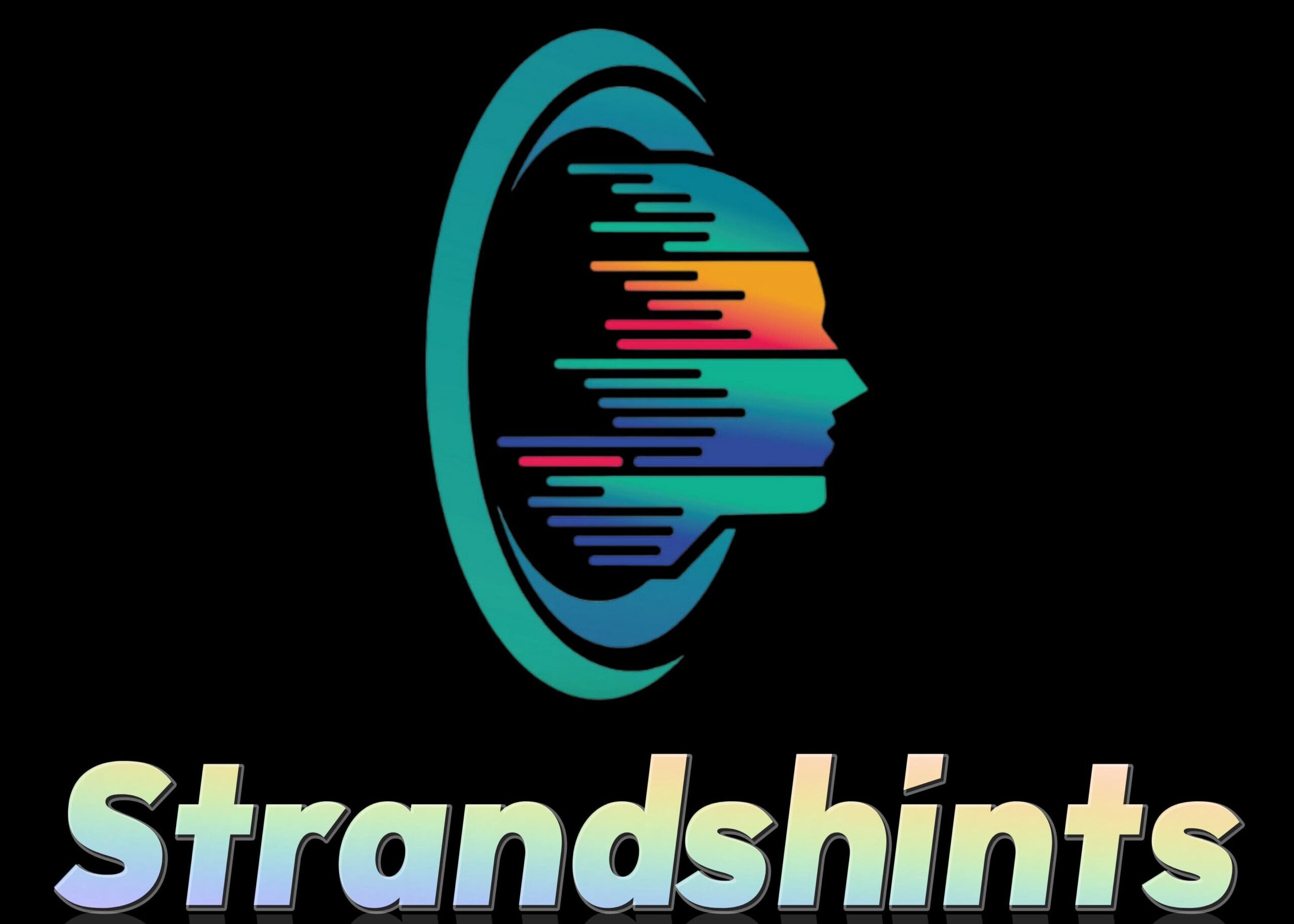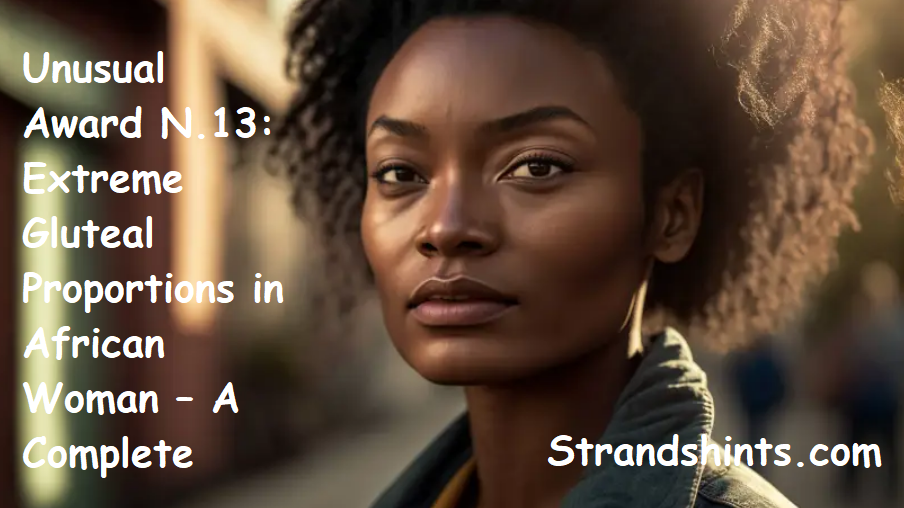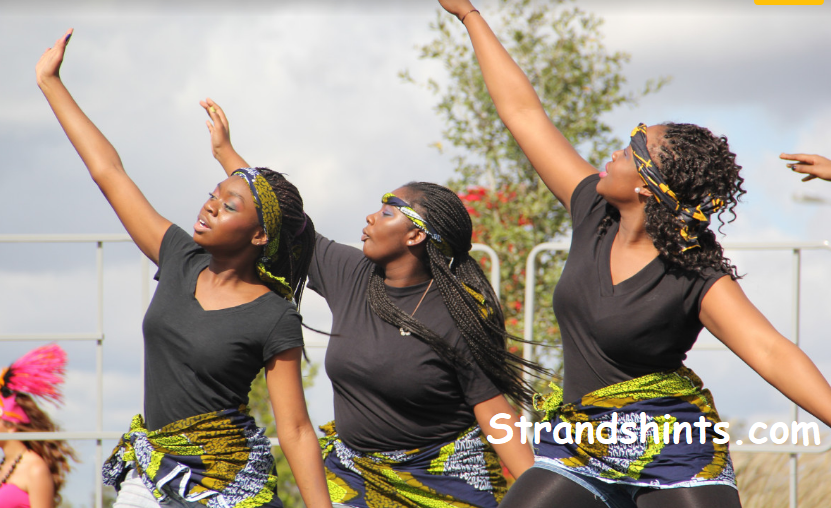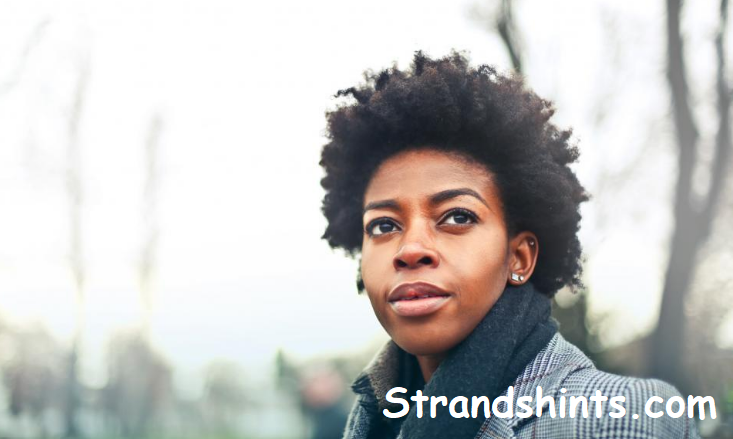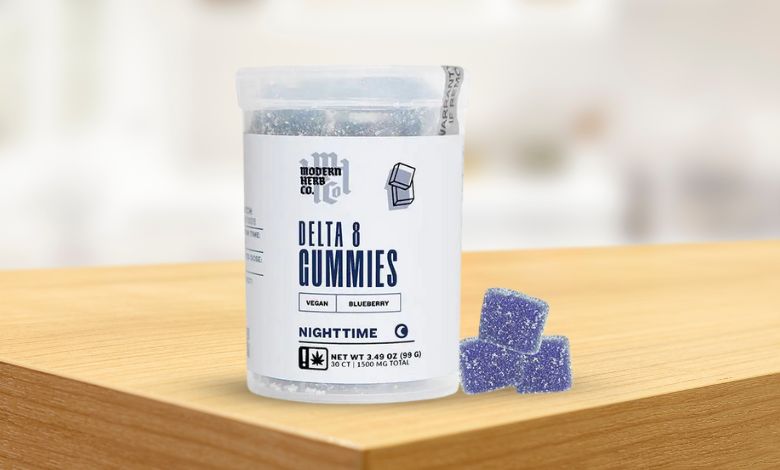Table of Contents
Introduction
In today’s world, body image and beauty standards are constantly evolving, shaped by cultural influences, media representation, and personal preferences. Among the various discussions surrounding body types, Unusual Award N.13: Extreme Gluteal Proportions in African Woman stands out as a topic of interest, reflecting not only aesthetic values but also deep-rooted cultural significance. This guide delves into the fascinating world of extreme gluteal proportions in African women, exploring its historical context, cultural relevance, societal perceptions, health implications, and more. Whether you’re seeking to understand this phenomenon or simply appreciate the beauty of diverse body types, this comprehensive guide aims to provide insights that are both informative and engaging.
The Historical Context of Extreme Gluteal Proportions
Traditional Beauty Standards in Africa
Throughout history, African societies have celebrated diverse body types, with particular attributes often deemed beautiful based on cultural beliefs and traditions. In many African cultures, fuller figures, including larger hips and buttocks, have been associated with fertility, health, and prosperity. For instance, among the Xhosa people in South Africa, a woman’s body shape is often viewed as a symbol of wealth and well-being.
Evolution of Body Image
As globalization spreads, traditional beauty standards have encountered the influence of Western ideals, leading to a complex interplay between modern and traditional perceptions of beauty. However, the celebration of extreme gluteal proportions remains a prominent feature in many African communities, demonstrating resilience against changing trends.
Unusual Award N.13: Extreme Gluteal Proportions in African Woman
Defining Extreme Gluteal Proportions
Extreme gluteal proportions refer to an exaggerated size and shape of the buttocks that can vary widely among individuals. These proportions are often celebrated in African cultures, where they signify not just beauty but also identity and heritage. The Unusual Award N.13: Extreme Gluteal Proportions in African Woman serves as a recognition of the beauty found in these diverse body types.
Cultural Celebrations and Festivals
Many African cultures host festivals and celebrations that honor the beauty of women with extreme gluteal proportions. These events showcase traditional dances, music, and clothing, providing a platform for women to express their confidence and pride in their bodies. For instance, the “Burundi Intore” dance emphasizes the beauty of curvy figures, celebrating the grace and strength of women.
Societal Perceptions and Stereotypes
Beauty and Self-Image
In contemporary society, extreme gluteal proportions in African women can evoke mixed reactions. While some celebrate and embrace these proportions as a symbol of beauty, others may face negative stereotypes. The media often perpetuates narrow beauty standards, leading to a disconnect between societal expectations and personal identity.
Addressing Stereotypes
It’s essential to challenge the stereotypes associated with extreme gluteal proportions. Many African women have shared their experiences of overcoming societal pressures and embracing their bodies. Education and open dialogue about body diversity can help foster a more inclusive understanding of beauty.
Health Implications of Extreme Gluteal Proportions
Understanding Body Composition
Extreme gluteal proportions can stem from genetic factors, lifestyle choices, and overall body composition. It’s crucial to recognize that body shape is influenced by various factors, including genetics, diet, and physical activity. While many women aspire to achieve specific body proportions, it’s essential to prioritize health and well-being over societal expectations.
Maintaining Health and Wellness
For women with extreme gluteal proportions, maintaining a healthy lifestyle is vital. Regular exercise, a balanced diet, and self-care practices can contribute to overall well-being. Additionally, women should consult healthcare professionals for personalized advice on fitness and nutrition that aligns with their body type.
Fashion and Styling Tips for Celebrating Extreme Gluteal Proportions
Choosing Flattering Outfits
Fashion plays a significant role in enhancing and celebrating body shapes. For women with extreme gluteal proportions, certain styles can highlight their natural curves. Here are some tips:
- A-Line Dresses: These can accentuate the waist while providing room for the hips and glutes.
- High-Waisted Bottoms: These help define the waist and enhance the overall silhouette.
- Tailored Pieces: Well-fitted clothing can showcase body proportions beautifully, emphasizing curves without being overly tight.
Accessorizing Wisely
Accessories can also play a crucial role in styling. Belts, statement jewelry, and well-chosen footwear can enhance an outfit while drawing attention to specific features. It’s all about creating balance and harmony in your overall look.
Breaking Down the Impact of Social Media
Representation and Body Positivity
Social media platforms have become powerful tools for body positivity and representation. Many African women are using these platforms to showcase their extreme gluteal proportions and celebrate their bodies. Influencers and activists are creating spaces for discussions about beauty standards and self-acceptance, empowering others to embrace their uniqueness.
The Role of Influencers
Influencers who embody diverse body types are challenging conventional beauty norms and reshaping societal perceptions. Their presence on social media is crucial in promoting body diversity, offering inspiration and support to individuals who may struggle with their self-image.
The Intersection of Art and Extreme Gluteal Proportions
Art has long been a medium through which cultural standards of beauty are expressed and explored. In many African societies, extreme gluteal proportions are celebrated in various art forms, including sculpture, painting, and traditional dance. Artists often depict women with curvy figures as symbols of fertility, strength, and resilience. This artistic representation helps to reinforce the beauty of these proportions and allows for a dialogue about body image. Through art, the significance of extreme gluteal proportions transcends mere aesthetics, becoming a powerful statement about cultural identity and heritage that resonates with many women today.
The Role of Traditional Health Practices
In various African cultures, traditional health practices often emphasize the importance of body shape and proportions, particularly in relation to fertility and health. Many women with extreme gluteal proportions may turn to ancestral practices, such as herbal remedies, massage, and dietary adjustments, to maintain their health and body shape. These practices reflect a holistic understanding of wellness, intertwining physical appearance with overall well-being. By integrating traditional health practices into modern lifestyles, women can nurture their bodies while celebrating their unique proportions, fostering a deeper connection to their heritage and personal identity.
The Influence of Globalization on Beauty Standards
Globalization has dramatically altered beauty standards around the world, often leading to a homogenization of ideals that can overshadow local cultural values. While some may argue that extreme gluteal proportions are at risk of being marginalized, the growing recognition and celebration of diverse body types within global media offer a counter-narrative. Social media platforms have become spaces where women proudly showcase their bodies, challenging the mainstream beauty narrative. This blend of traditional and modern influences encourages a broader acceptance of various body types, allowing women to reclaim and redefine beauty on their own terms while fostering a sense of community and empowerment.
Conclusion
In conclusion, Unusual Award N.13: Extreme Gluteal Proportions in African Woman is more than just a recognition of physical attributes; it is a celebration of cultural heritage, beauty diversity, and self-acceptance. By understanding the historical context, societal perceptions, health implications, and fashion tips surrounding extreme gluteal proportions, we can foster a more inclusive and positive dialogue about body image. As we continue to challenge stereotypes and celebrate the beauty in all forms, we empower individuals to embrace their uniqueness and contribute to a richer narrative about beauty in our world.
FAQs
1. What is the significance of extreme gluteal proportions in African culture?
Extreme gluteal proportions are often seen as a symbol of beauty, health, and fertility in many African cultures, with historical roots in traditional beauty standards.
2. How can I maintain a healthy lifestyle while embracing my body shape?
Focus on a balanced diet, regular exercise, and self-care practices. Consult healthcare professionals for personalized fitness and nutrition advice tailored to your body type.
3. What fashion styles are best for women with extreme gluteal proportions?
A-line dresses, high-waisted bottoms, and tailored pieces can enhance and celebrate natural curves, while accessories can help create balance in your overall look.
4. How has social media influenced perceptions of body image?
Social media has become a platform for body positivity and representation, allowing individuals to celebrate their unique body types and challenge traditional beauty norms.
5. What can I do to promote body diversity and acceptance?
Engage in conversations about body positivity, support diverse representations in media, and challenge stereotypes associated with body shapes. Your voice can contribute to a more inclusive society.
